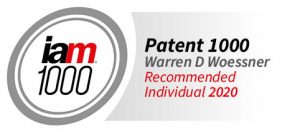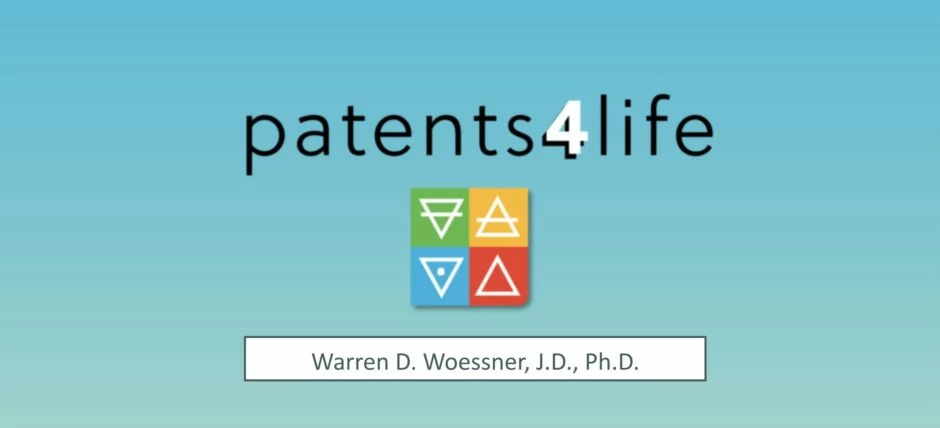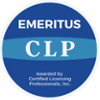Before you read this post, please back up and read my post of September 3, 2019 which discusses the Fed. Cir.’s ruling that the claims of U.S. Pat. No. 8,794,742 are patent-ineligible as attempts to claim a natural phenomenon. The claims are directed to reducing the risk that inhalation of nitrous oxide (“NO”) by neonatal patients identified as having hypoxic respiratory failure, and who also have left ventricular dysfunction (“LVD”) will lead to pulmonary edema. The claims essentially recite dividing a group of such patients into two groups. The patients who do not have LVD are administered the standard dose of NO, while the at-risk patients are not treated with NO.
Categories
Archives
Receive Email Updates

-


-
Certified Licensing Professionals, Inc., 2021 Disclaimer
This blog, Patents4Life, does not contain legal advice and is for informational purposes only. Its publication does not create an attorney-client relationship nor is it a solicitation for business. This is the personal blog of Warren Woessner and does not reflect the views of Schwegman Lundberg & Woessner, or any of its attorneys or staff. To the best of his ability, the Author provides current and accurate information at the time of each post, however, readers should check for current information and accuracy.
- About Me

Warren D. Woessner
Pages
Archives

